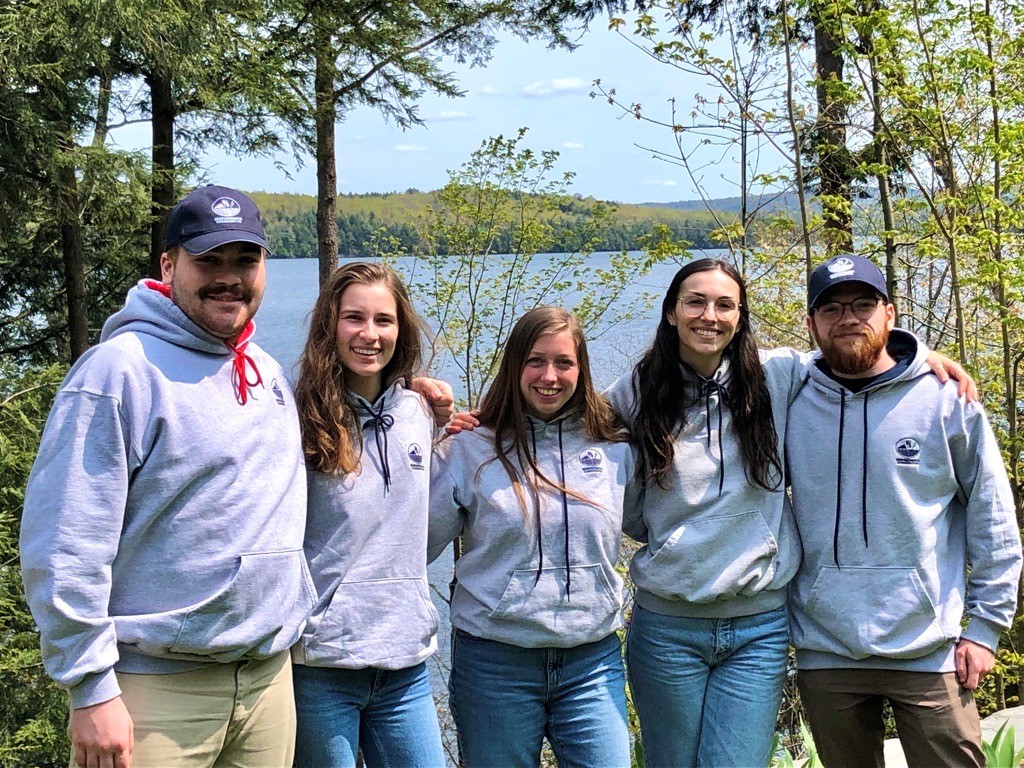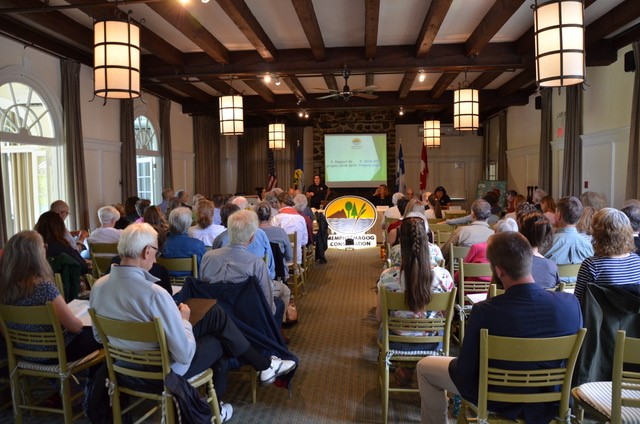Residents
Lake Memphremagog, drinking water reservoir for more than 175,000 people, is a natural treasure to be protected. Urban, farming, industrial and residential activities that take place in the watershed are likely to modify water cycles and to introduce pollutants into the environment, thus affecting the quality of Lake Memphremagog's water. Thus, everyone, residents, workers, officials, and tourists in the ten Canadian municipalities in the watershed have a role to play in protecting the lake. We invite you to consult the following sections to see what actions you can take.

Revegetation of your shoreline
MCI is pleased to announce a new project to revegetate the shoreline buffer zones of residences around Lake Memphremagog!
Shoreline buffer zones play a capital role in the maintenance of the quality of Lake Memphremagog’s water. They stabilize shorelines and prevent silting problems by protecting the shoreline from erosion, their roots filter out nutrients, limiting cyanobacteria blooms, they maintain cooler water temperatures and create habitat for wildlife. Unfortunately, many shoreline zones are not carrying out their proper ecological role in the protection of water quality and biodiversity.
This project is aimed at shoreline property owners who would like to create or enlarge their shoreline buffer zone. They must have at least 10 metres of shoreline to qualify. MCI will help with the whole process, and 80% of the cost is covered by subsidies.
For more information, click here.
Contact us at bandesriveraines@memphremagog.org or at 819-620-3939 to participate.
Please note that the number of participating property owners is limited!
This project was made possible thanks to a contribution from the Programme de soutien régional aux enjeux de l'eau (PSREE), linked to the Québec water strategy action plan 2018-2023, as well as a collaboration with COGESAF and Lake Memphremagog’s shoreline municipalities.

Rainwater management and impermeabilization
Impermeabilization of the soil consists in making it waterproof, to the point that water no longer percolates into the soil. This can be done by covering it with asphalt, for example. This phenomenon has a large negative impact on the quality of waterways. In fact, water flowing over these impervious surfaces is contaminated by all of the pollutants found there. This is the greatest pollution source of water courses. In contrast, water which infiltrates the soil is purified, as the suspended particles and other contaminants are removed.
IMAGE: The impact of impermeabilization of soils on the water cycle:

Source : http://www.obv-yamaska.qc.ca (in French only)
Around homes, parking surfaces should be reduced to the minimum required by the residents. In preference, uniformly sized crushed gravel is a better environmental choice for those areas. Other choices, somewhat less known, are the use of permeable paving bricks and those which accept grassy inserts.
IMAGE : Grassy inserts

Source : http://www.protegez-vous.ca
Rainwater capture
Roofs are also impermeable surfaces. One method to control rainwater is to direct the downspout towards a flower bed or a 'rain garden'. This will increase water absorption compared to the runoff from a traditional lawn. A rainwater collector barrel can also be installed at the bottom of a downspout. This can be used as a water reservoir for the garden during dry spells.
An excellent way to avoid making the ground impermeable is to plant trees, shrubs and other ornamental plants. Lawn areas can be preferentially replaced by these types of plants that retain water better with their deeper roots.

Source : : http://ottawa.ca
Septic installations
A well maintained septic system that conforms to current regulations will prevent residential waste water from polluting aquatic areas. However, a poorly maintained or defective system is likely to allow large quantities of phosphorus to escape into the environment. Given that blue-green algae proliferate when there is an abundance of phosphorus in the water, the importance of maintaining your septic system becomes obvious.

Source : http://www.equiterre.org
Landscape and Lawn Maintenance
Conventional lawns are homogeneous, composed of short dense grasses, and require large investments in time and money. Also, the fertilizers and other products that are often used are carried into water courses with runoff, and are harmful to them. It is important to know that pesticides applied to lawns not only kill undesirable plants, animals and insects, but also beneficial organisms in the soil.

Source : http://www.equiterre.org
The faulty use of fertilizers can have serious negative impacts on land and aquatic areas. The phosphorus which is contained in them encourages the proliferation of blue-green algae in lakes. Fertilizers also pollute ground water. If there is a real necessity for fertilizer, choose a slow-release, natural one without phosphorus or less than 3% of this mineral. Never apply the product before rain, in order to allow full absorption of the nutrients by the vegetation. It is also possible to reduce fertilizer use by leaving grass clippings on your lawn.
Reforestation
MCI actively promotes the planting of trees in the lake Memphremagog watershed. Trees provide so many benefits that it would be foolish not to do so. These benefits include:
- Provides of habitat for fauna
- Stabilizes the soil and reduces erosion
- Provides a more attractive landscape
- Increases the infiltration of water into the soil
- Captures sediments and pollutants
- And much more!
It is suggested that a tree canopy should cover at least 60% of a property, and that trees should not be cut, except as a last resort. If land is sloped, trees cutting is strongly discouraged.
IMAGE : Tree distribution by MCI volunteers in Stanstead Township in 2015

It is easy to contribute to the collective effort of replanting! Each spring, trees are distributed in various municipalities around the lake, to allow all residents to plant them on their own property. Keep current with MCI's activities and those of lakeside municipalities to know the dates and locations of distribution.
Housekeeping
Certain cleaning products still contain phosphates. Thus, their use constitutes another source of phosphorus and other contaminants for waterways. These products can often be replaced by more natural mixtures with less harmful effects on the environment. Lemon juice, baking soda and vinegar are the base ingredients for more ecological cleaning. Other less common products such as borax are generally sold in natural food stores. Alternative solutions exist for all parts of the house from carpets to bathrooms and windows. A trial of these easy recipes will convince you!

For more information: RAPPEL document on soap: Document on phosphates in soaps (In French only)
Waterfowl
Waterfowl especially ducks, are an integral part of the life cycle of the swimmers' itch parasite called cercaria, whose larvae live part of their lives in snails. A 2013 study by the MCI patrol showed that there is a link between the number of these aquatic birds, of cercaria and the frequency of swimmers' itch reported by lake shore residents. Also, the excretions of the birds deteriorate water quality by increasing phosphorus and fecal coliform bacteria.
Giving food to ducks and other migrant birds attracts them in greater numbers than would naturally occur, and this for a longer period during the year. Thus, to avoid increasing the incidence of swimmers' itch and acceleration of the aging of Lake Memphremagog, do not feed these birds.

Source : www.mfa.gouv.qc.ca
To consult the MCI report on the links between waterfowl densities and swimmer's itch: Study of avian densities and swimmer's itch - 2013 (in French only)
Conservation
Every landowner in the lake's watershed can actively protect the lake and surrounding land. In fact, conservation of natural landscapes will ensure their sustainability and limit any excessive perturbations that would otherwise occur. These concrete actions bring long term benefits for flora and fauna, water quality, quality of life and improve the environment in general.
For more information on the conservation of natural lanscapes on your property: Pamphlet on conservation
Turtle inventory in collaboration with the public and Nature Conservancy Canada
|




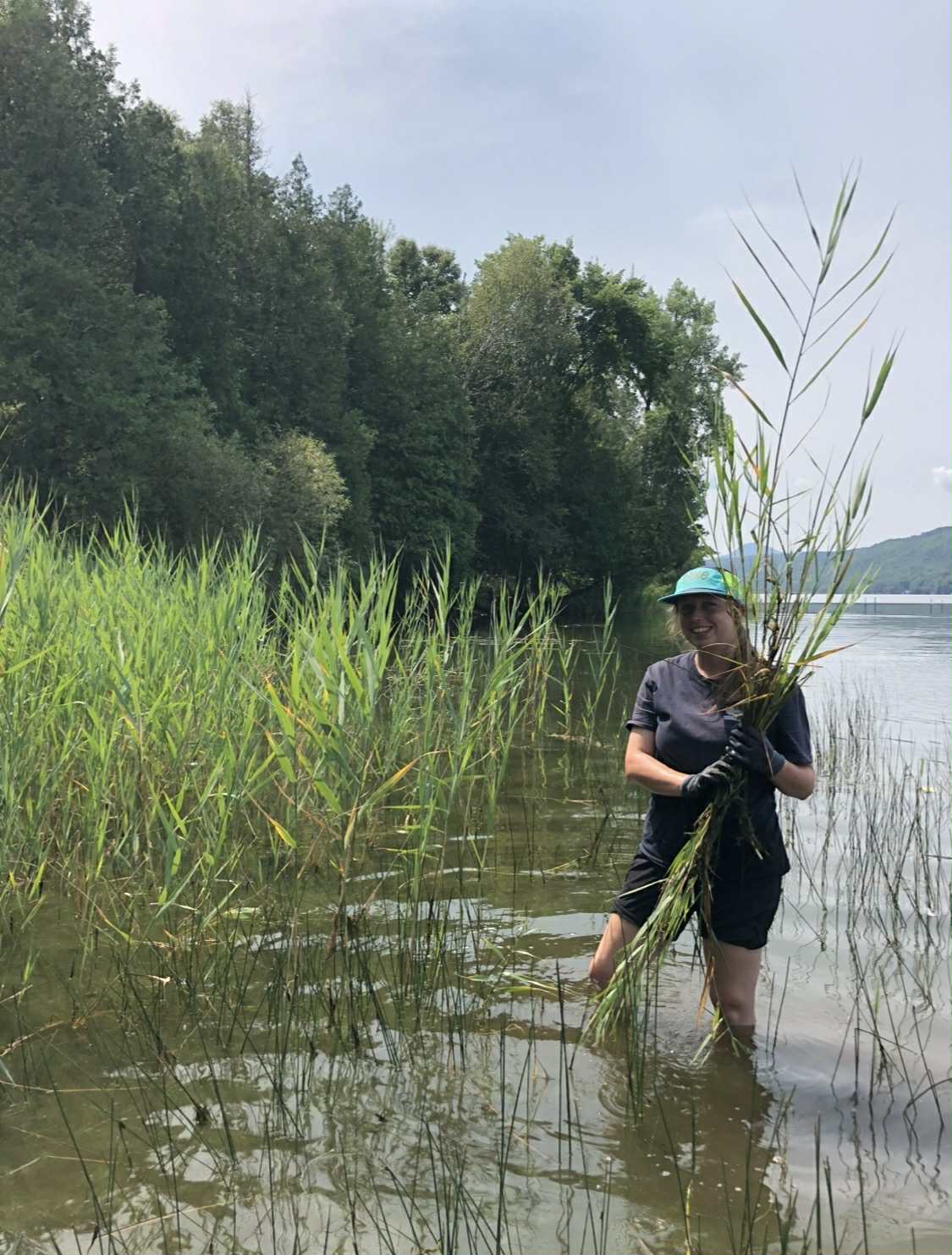



.png)


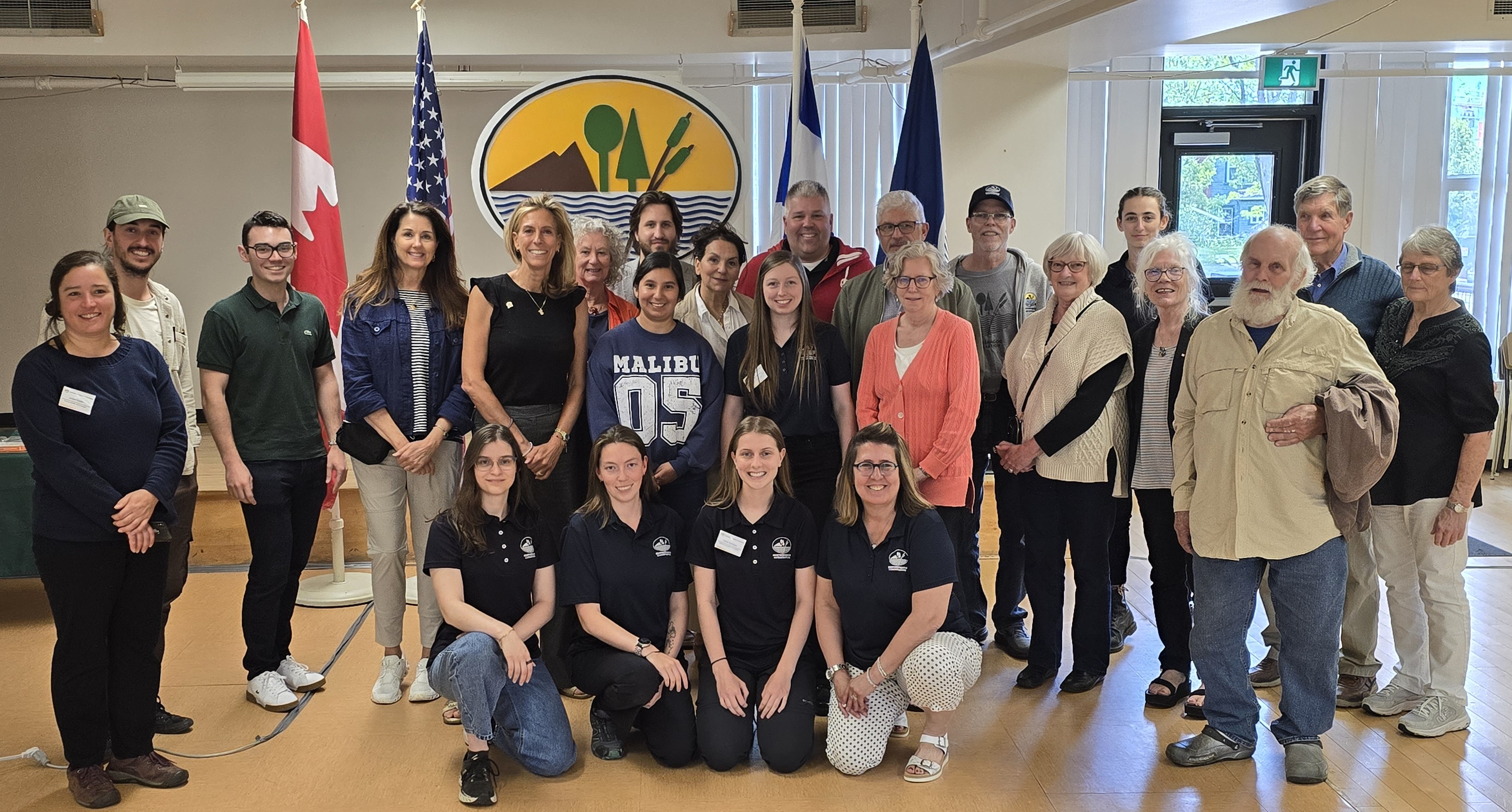


.JPG)

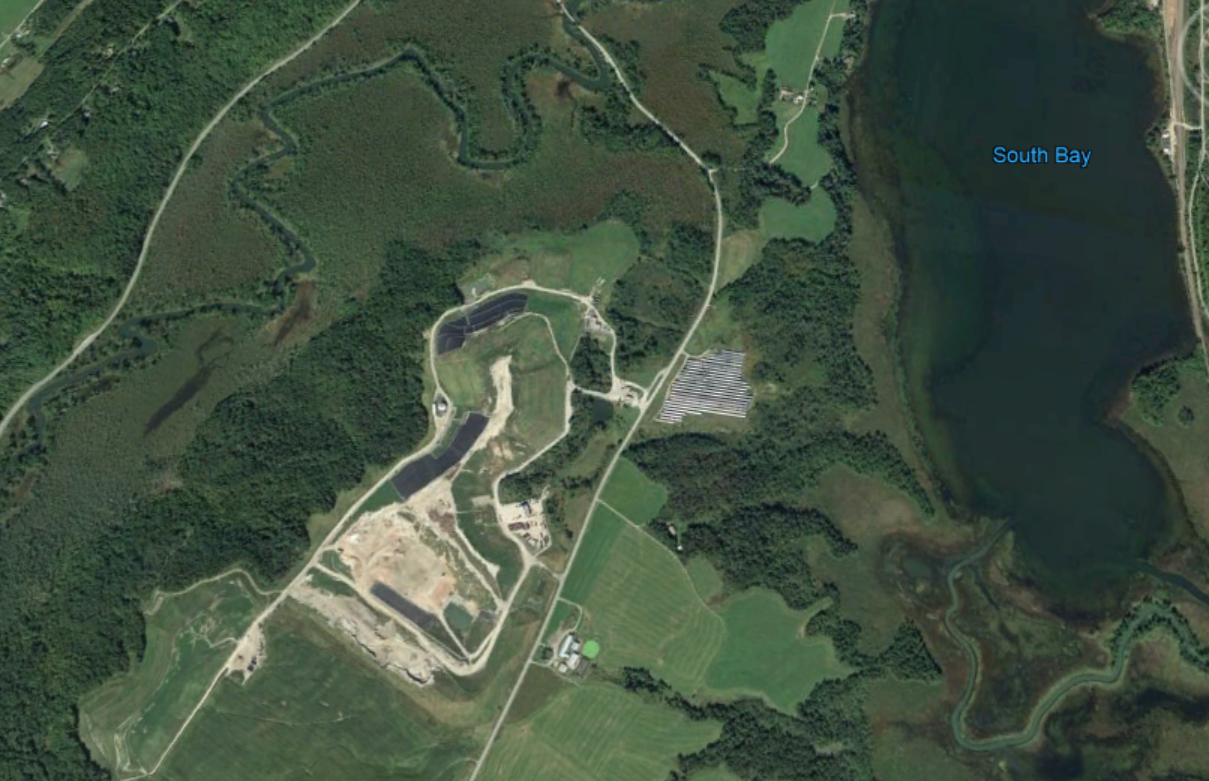




























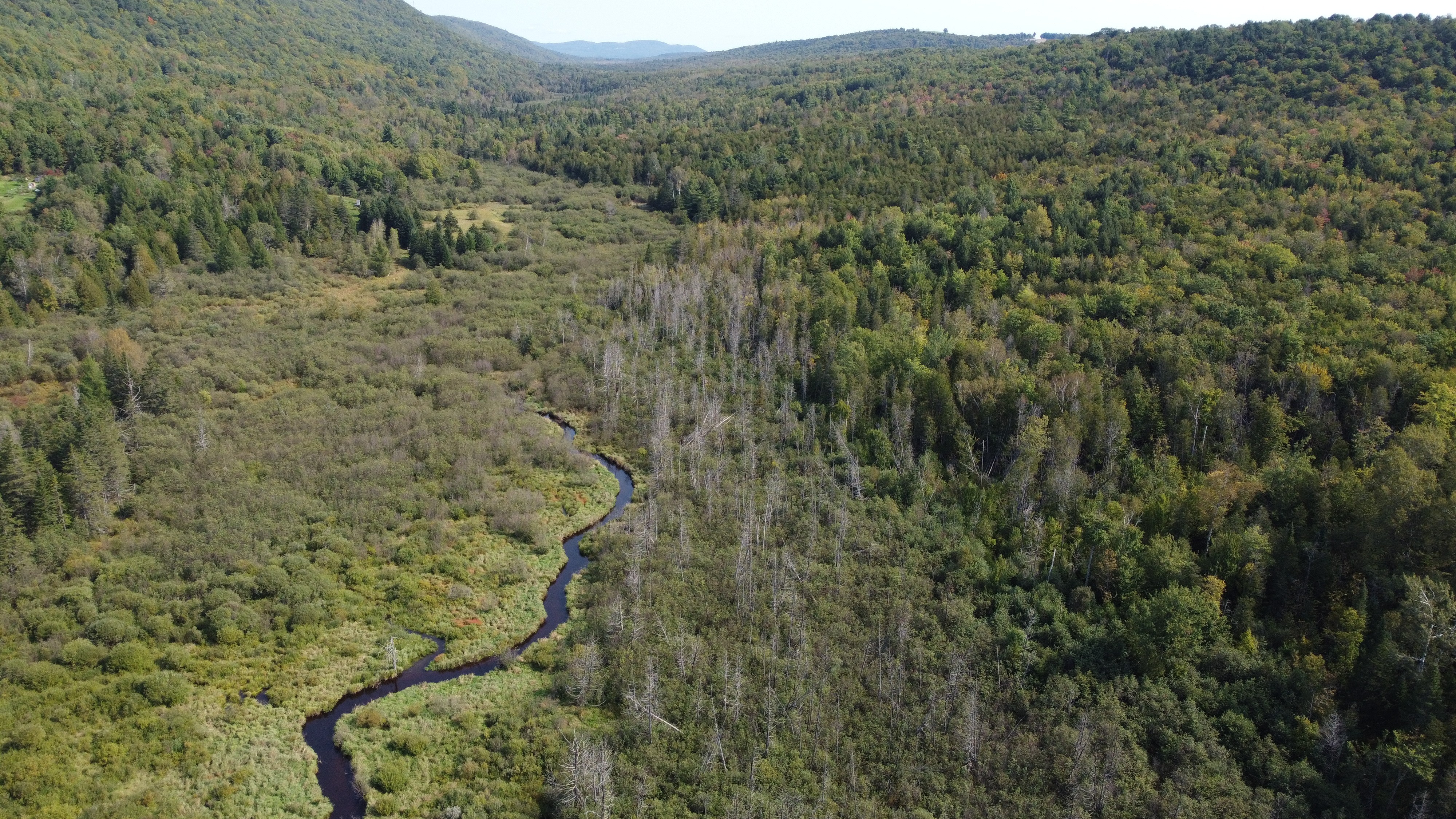




.JPG)




